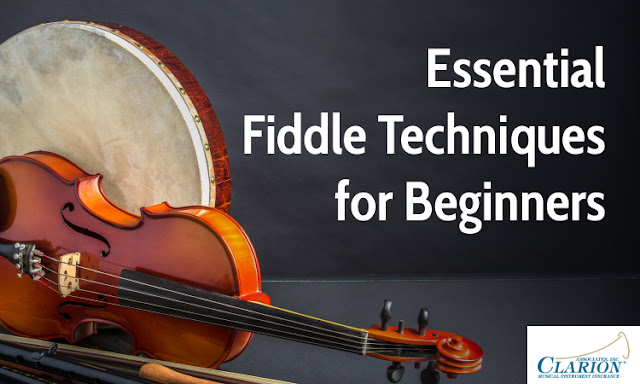Love your sound system and your musical paraphernalia? It's more than just a tool for you. Right? For music lovers who long for perfect sound, a high-fidelity system is an investment in pure listening joy. Whether you have created a collection of classic receivers and handmade speakers over time or treated yourself to the latest home theater setup or a musical instrument, your equipment represents a significant financial commitment. Isn't it?
That's why having standalone audio equipment insurance for this valuable gear is essential. It keeps your peace of mind in place and finances stable. Read on to learn more!
The High Cost of High Fidelity
Let's face it! High-end audio components don't come cheap. Top-of-the-line speakers, amplifiers, and turntables can easily reach the figure of thousands. And for dedicated audio enthusiasts, the price tag can ascend even higher.
Imagine the heartbreak of a power surge frying your prized amplifier or a clumsy mishap sending your beloved turntable dropping to the floor. Replacing such equipment can be a huge financial setback. YES! Most importantly, it can significantly impact your ability to enjoy your meticulously crafted audio experience.
The Shield Against the Unexpected
Life is unpredictable. Perhaps, you know that even the most careful music lover or musician can't have control over everything that comes by. Here are some unforeseen events that audio equipment insurance can safeguard you against:
• Fire and Theft: A fire or break-in can ruin your entire home or studio. And your prized audio equipment is no exception. Insurance helps cover the replacement cost, ensuring you can rebuild your sound haven.
• Power Surges: Electrical fluctuations can wreak havoc on delicate electronic components and musical gears. A comprehensive insurance plan protects you from the financial burden of replacing equipment damaged by unexpected power surges.
• Accidental Damage: Spills, drops, and mishaps happen. Accidental damage coverage ensures you're not left footing the bill for a shattered speaker or a scratched amplifier faceplate.
• Natural Disasters: Floods, earthquakes, and similar natural disasters can lead to a lot of damage. A good protection plan provides a financial cushion to help you recover your audio investment in the wake of such events.
Beyond Standard Coverage: Unveiling Additional Options
Standard insurance might not be enough for your audiophile dreams. While your homeowner's or renter's policy might cover some audio equipment, the limits might not be enough to replace your prized possessions. Here are some ways to beef up your coverage:
• Boost Your Coverage: Many policies let you increase coverage amounts for specific valuables. This ensures your expensive sound system is fully protected.
• Scheduled Personal Property Insurance: Imagine a special insurance policy just for your star equipment! A "floater" provides comprehensive coverage for a single item, often with lower deductibles and more options than standard coverage.
• Insurance for On-the-Go Audio: Do you perform DJ gigs or travel with your music gear? Inland marine insurance is designed specifically for portable electronics, offering valuable protection for audiophiles on the move.
Tailoring Your Coverage: A Sound Decision
When insuring your audio supplies, it's crucial to get a detailed quote that reflects the specific value of your setup. Here's what you'll need to consider:
• Replacement Cost vs. Actual Cash Value: Replacement cost coverage ensures you receive the funds to replace your equipment with new models, while actual cash value takes depreciation into account.
• Deductible: A deductible is the amount you'll pay out of pocket before insurance kicks in. Choosing a higher deductible can lower your premium, but make sure it's an amount you're comfortable paying in the event of a claim.
The Bottom Line: A Sound Investment in Peace of Mind
Insuring your expensive audio equipment is an investment in peace of mind. By taking proactive steps to safeguard your valuable components, you can ensure that unexpected events won't disrupt your enjoyment of high-fidelity sound. So, crank up the volume on financial security and let the music play, uninterrupted.



